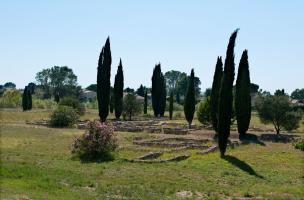You are here
The rich hours of the Protohistoric village of La Cougourlude at Lattes
In advance of construction work to protect the lower Lez Valley from flooding, a team of Inrap archaeologists is conducting an excavation, curated by the State (Drac Languedoc-Roussillon), of more than two hectares of the eastern part of a large Iron Age village.
Discovered in the 1960’s by Henri Prades, the site of Cougourlude was occupied during the 6th to 5th centuries BC. Studies of the remains of this site provide new information on the organization, evolution and chronology of this village, the ways of life and activities of its occupants and their exchanges with their famous neighbors of the port trading post of Lattara.
A Gallic village unique in the region but limited in time
The abundant remains depict a rural habitat with both constructions on posts and semi-buried buildings. Fragments of daub are scattered all over the site. Clumps of mudbricks were detected in some places, but the burned remains of adobe bricks are much more common. Nearly two thousand structures, hearths, silos and diverse pits have also been identified. Arranged inside and around the houses, there are ovens and hearths, silos to preserve grains, cellars and many pits whose function has not yet been determined. A pottery kiln and remains of a forge for the production of iron and the treatment of lead were also found. Two imposing trenches, 8 to 12 m wide and 3 m deep, traverse the site. They could have served in the defense of the village, or, since they are connected to the ancient channel of the Lironde, for the distribution of water.
Etruscan and Massaliote artifacts
Prestigious neighbors: the trading post of Lattara
If Lattara was a trading post founded by Etruscan merchants, repeated contacts with indigenous populations could have facilitated the settlement of the newcomers. These exchanges are attested on the site by numerous Etruscan and Greek amphorae. They indicate a high consumption of wine by the inhabitants of Cougourlude, as well as their active participation in commercial exchanges.
The form of the village of Cougourlude differs completely from that of the neighboring agglomeration of Lattara, a portside city with a city wall, organized plan and houses with stone foundations.
The abandonment of the village toward the middle of the 5th century BC also raises many questions. Did the population move to Lattara?
The evolution of the site
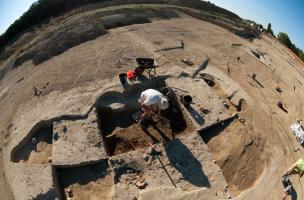

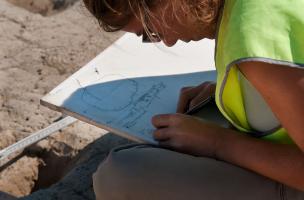

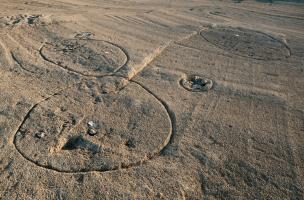
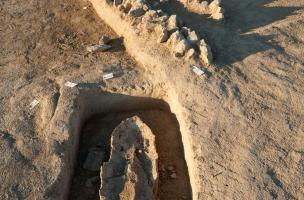


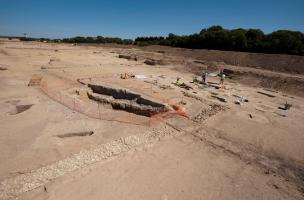
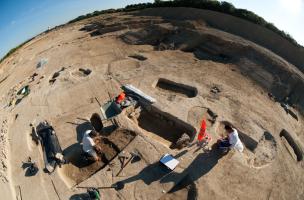
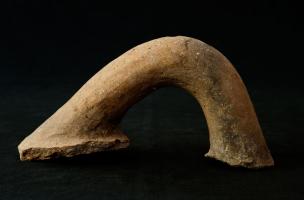
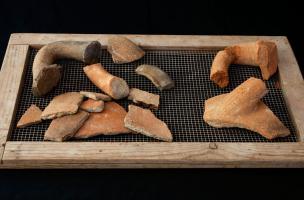
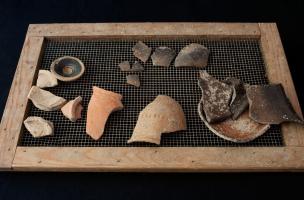
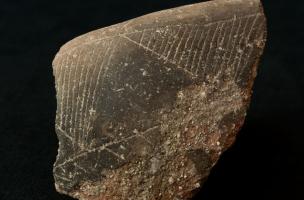

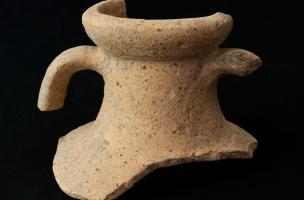


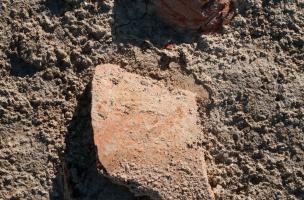
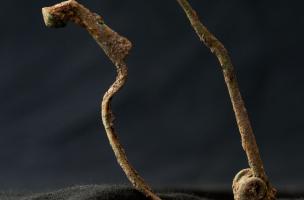
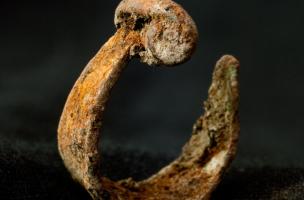

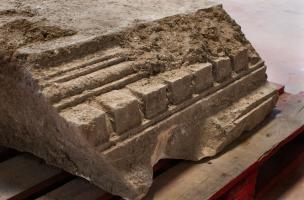

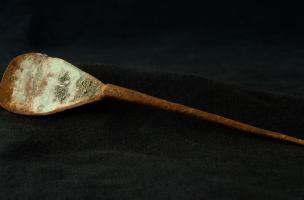
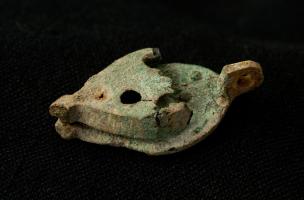

Mahaut Tyrrell
Media communication
Inrap, media partnerships and relations department
01 40 08 80 24
mahaut.tyrrell [at] inrap.fr


